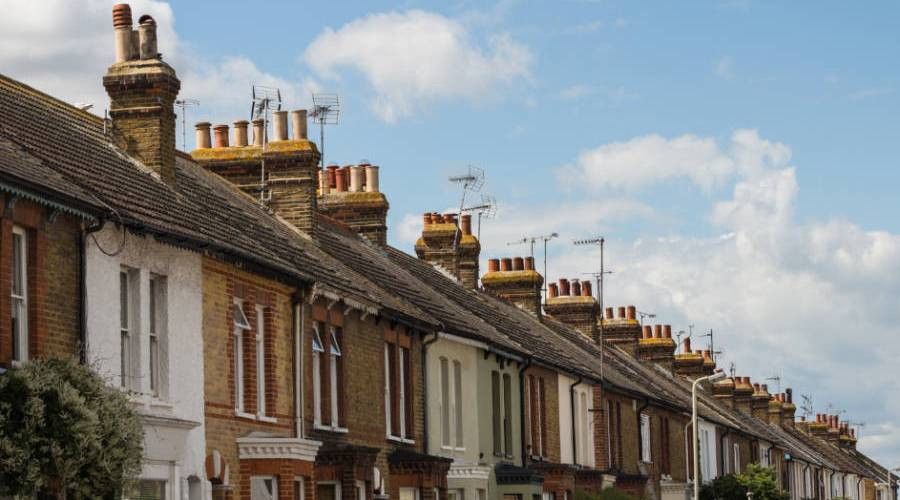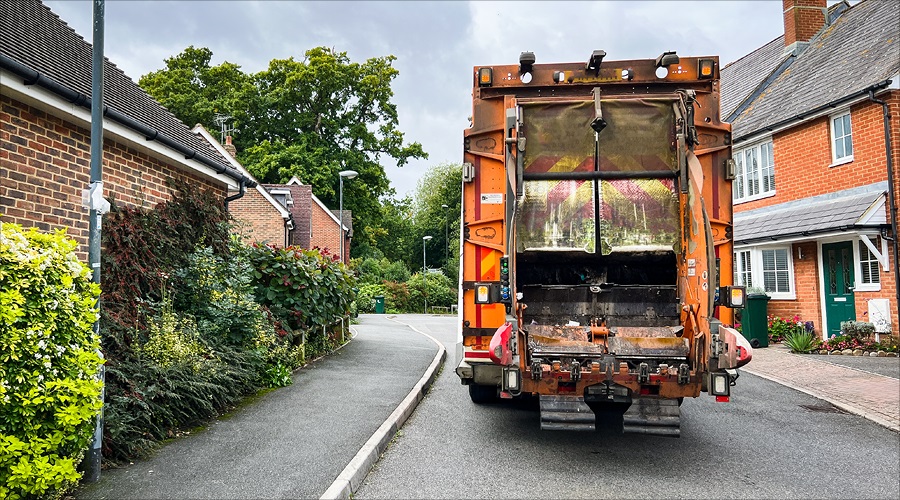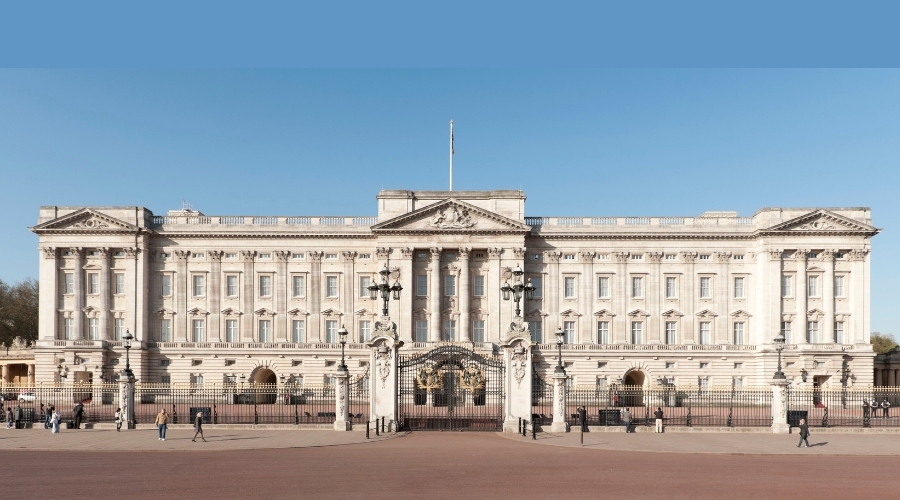New report highlights housing successes and challenges across Wirral
Members of the Economy, Housing and Regeneration Committee were last night given an update on housing across the borough, highlighting progress across key priorities while acknowledging the growing pressures facing residents.
The report outlines achievements in building new homes, improving housing quality, supporting vulnerable people, as well as how the council is responding to national policy changes.
Building more homes to support growth
Increasing the number of new homes available to residents is a key focus, and the council is working with the Liverpool City Region Combined Authority to identify between 20 and 30 priority housing sites for future development.
These sites span council-led, registered provider, and private sector schemes, and will help shape investment priorities from 2026 onwards in readiness for the 2026/27 Integrated Settlement as part of devolution, which is the new way for council’s and government to work together, making funding and services easier to manage on a local level.
The borough is also preparing for the launch of the government’s £39bn Social & Affordable Homes Programme (SAHP), expected to deliver 300,000 homes nationally, with 60% allocated for social rent. Bids for funding will open this winter, and Registered Providers with development plans in Wirral have already expressed their desire to be part of the programme, which can either be for individual sites or as strategic partners.
The number of households registered on Property Pool Plus continues to increase, with 4,990 registered as of June 2025, and 638 listed in the highest priority Band A – adding to the pressure for more social homes.
The council is working to address this, and since 2021, 873 affordable homes have been completed in Wirral under the current Affordable Homes Programme, including 240 in 2024/25 and 25 so far in 2025/26. A further 60 units are expected by the end of the year. The Council is also exploring options to increase its own housing stock, including purchasing homes or commissioning new builds.
The Local Plan Monitoring Report shows 562 new homes were built in 2023/24, 211 of which were affordable, down from 802 the previous year.
Improving housing quality for residents
Bringing empty homes back into use has been an area of focus to improve housing quality and supply, and the council has taken proactive steps to return 630 long-term empty properties to use in the last year, an 83% increase.
Between 2020 and 2025, over 250 long term vacant homes were also brought back into use through the Empty Property Grant and Developer List Scheme. Public reporting and tailored support for landlords continue to drive progress.
Helping residents and landlords make their homes more energy efficient, save money and reduce their carbon emissions has seen a large number of people able to benefit from carbon retrofit schemes, improving housing stock across the borough.
Wirral saw a 41% increase in energy-saving measures installed under the ECO4 programme in 2024/25, totalling 4,841 installations. The borough leads the Liverpool City Region in solar uptake, with 410 installations across three rounds of the Solar Together scheme.
Further help is planned, and the new Warm Homes: Local Grant will install energy efficiency measures in 350-500 homes at risk of fuel poverty over the next three years. Eligible households include those with low EPC ratings and incomes below £36,000 or living in certain postcode areas.
Selective Licensing continues to improve standards of private rental housing. In 2024/25, 222 hazards were removed and 175 statutory notices issued. A revised enforcement policy now prioritises civil penalties over prosecution, with a test case currently under tribunal review which will help inform future enforcement decisions.
The Healthy Homes Team conducted 912 household surveys, identifying 252 cases of damp and mould - nearly 30% of contacts. Two-thirds of hazards have now been resolved. A dedicated officer issued 41 enforcement notices, and over 2,100 referrals were made for housing, health, and wellbeing support.
While MHCLG funding for this work ends in 2026, which will impact the pace of enforcement, a borough-wide approach will continue as a result of Public Health funding, with Selective Licensing funding continuing to support operations within the designated Selective Licensing zones.
Supporting vulnerable residents
Following work between Housing Services and the Domestic Abuse Housing Alliance, a new service for single women fleeing domestic abuse with complex needs will launch in October 2025. It will provide safe, supported accommodation for up to 10 women, addressing a key gap identified in the Council’s Safe Accommodation Strategy.
Demand for temporary accommodation continues to rise, which is exacerbated by a lack of affordable homes of the right type in the borough, which has a knock-on effect in reducing options to move on.
As of August 2025, 199 households were in temporary accommodation split relatively evenly between single and family households. The council operates 18 units, leases 29 from Registered Providers, and uses hotels when necessary but tries to limit their use as much as possible. Government scrutiny is ongoing regarding families in hotels for over six weeks.
To reduce reliance on costly hotel stays, the council is reopening a 20-bed unit with Riverside Housing Association as temporary accommodation for single homeless people, saving an estimated £500,000.
A Private Sector Leasing Scheme, allowing the council to lease properties from private landlords, is also being launched. A further five new properties will be purchased by March 2026 for temporary use, funded through ring-fenced grants and eligible income.
Rough sleeping remains low thanks to a coordinated response, which sees a multi-agency group meeting bi-weekly, outreach services operating day and night and emergency beds and triage assessments to help people access support quickly.
Wirral secured funding from the Single Homeless Accommodation Programme (SHAP) to reconfigure a 6-bed supported housing scheme into 12 self-contained units for young people with complex needs. The scheme launched in April 2025 and has received positive feedback from government officials.
Demand for home adaptations continues to grow. In 2024/25, 3,547 adaptations were completed, up from 2,943 the previous year. In Q1 2025/26, 755 adaptations were delivered from 1,150 referrals. A review of the financial assistance policy is underway to ensure sustainability.
The council’s Advice Aid toolkit continues to support residents, averaging 300 monthly enquiries and 200 unique users. The revised Property Pool Plus Policy, launched in August 2025, will help homeless applicants and care leavers access permanent housing more quickly.
Cllr Mark Skillicorn, Chair of the Economy, Regeneration and Housing Committee, said:
This report shows the scale of our ambition for housing across the borough, as well as the significant challenges we currently face.
Demand for housing services in Wirral continues to rise, and this update shows the huge amount of work happening to address this, delivering new homes, improving standards and supporting those most in need. We’re committed to continuing to do all we can to make Wirral a place where everyone has a safe, secure home.




